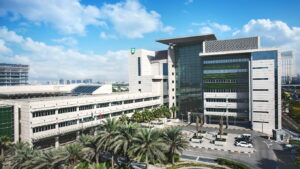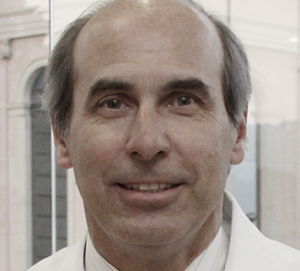Pulmonology
The physiological role of the lungs is not limited to gas exchange. They play a crucial role in thermoregulation, detoxification, hematopoiesis, and voice formation. Additionally, the lungs are involved in water-salt and lipid metabolism and help stabilize the body’s acid-base balance. Therefore, any disruptions in the respiratory system affect the entire body and require timely medical intervention.
Pulmonology is a medical specialty focused on the prevention, diagnosis, and treatment of respiratory system diseases.
Leading clinics worldwide offer a comprehensive approach to treating pulmonary disorders, incorporating advanced technologies and interdisciplinary collaboration among specialists.
Who needs to see a pulmonologist?
- Individuals experiencing persistent cough, shortness of breath, chest pain, or frequent respiratory infections
- Patients with chronic lung diseases such as chronic obstructive pulmonary disease (COPD) and bronchiectasis
- Individuals suspected of or diagnosed with lung cancer
- Patients with genetic lung diseases, such as cystic fibrosis
- People with allergic conditions that may trigger asthma and other respiratory disorders
- Long-term smokers and individuals exposed to harmful occupational factors
Diagnostic and treatment procedures in global pulmonology
Modern pulmonology utilizes a wide range of diagnostic and therapeutic procedures to accurately detect and effectively treat respiratory diseases. Some of these include:
- Spirometry — measures lung function by assessing volume and airflow rate. Used to diagnose obstructive and restrictive lung diseases, including COPD and asthma.
- Plethysmography — measures lung volume and air capacity, essential for assessing total lung capacity and detecting pathologies.
- Bronchoscopy — uses a bronchoscope to examine the trachea and bronchi, allowing for direct visualization and biopsy collection for further analysis.
- Computed tomography (CT) — a highly informative imaging technique that provides detailed images of lung tissue, helping detect tumors and inflammatory conditions.
- Magnetic resonance imaging (MRI) — a safe imaging method used for detailed examination of soft tissues in the lungs and chest cavity.
- Positron emission tomography (PET-CT) — combines PET and CT scanning to assess metabolic activity and detect malignant tumors at early stages.
- Thoracoscopy — a minimally invasive procedure for examination and biopsy of the pleural cavity, used in diagnosing pleuritis and malignancies.
- Pulse oximetry — a non-invasive test to measure oxygen saturation levels in the blood, often used for monitoring respiratory conditions.
- Blood gas analysis — measures oxygen, carbon dioxide, and pH levels in the blood, essential for evaluating lung function and respiratory efficiency.
- Allergy testing — identifies allergic reactions that may contribute to or worsen asthma and other respiratory conditions.
- Endobronchial valve placement — insertion of miniature valves into the bronchi to block airflow to affected lung areas. Used in COPD and emphysema treatment to reduce damaged lung tissue volume and improve healthy lung function.
- Radiofrequency ablation (RFA) — uses high-frequency electrical currents to destroy cancerous cells, applied in treating small lung tumors or metastases.
Where to seek specialized pulmonary care?
| COPD | Bronchiectasis | Lung Cancer | |
|---|---|---|---|
| Countries leading in diagnosis and treatment | Israel Turkey South Korea Russia Finland | Switzerland Israel Germany Spain Austria Italy | Turkey Germany USA South Korea Israel Switzerland Spain |
Innovations in pulmonology
Modern pulmonology actively incorporates modern technologies to improve diagnostics and treatment outcomes. One of the latest technologies used is the Da Vinci robotic surgery system that enables minimally invasive, high-precision surgeries, reducing tissue damage, complications, and recovery time.
Genetic testing has become increasingly common to assess lung disease predisposition and develop personalized treatment plans, especially for patients with a family history of lung cancer or chronic respiratory conditions.
Modern clinics now use artificial intelligence to analyze patient medical data, predict the course of diseases and select optimal treatment methods. Advanced AI algorithms assist in analyzing CT and X-ray images, aiding in the early detection of lung cancer and disease progression prediction.
Hospitality Medservice is your trusted partner in finding the best clinic worldwide. Our website features only authoritative medical institutions equipped with modern facilities and the latest treatment protocols. Compare clinic ratings and treatment costs, learn about the specialists and contact us for assistance in:
- arranging medical trips
- scheduling in-person consultations
- organizing video consultations
- obtaining a “second opinion”
Submit a request on our website, and our medical coordinator will contact you shortly.





